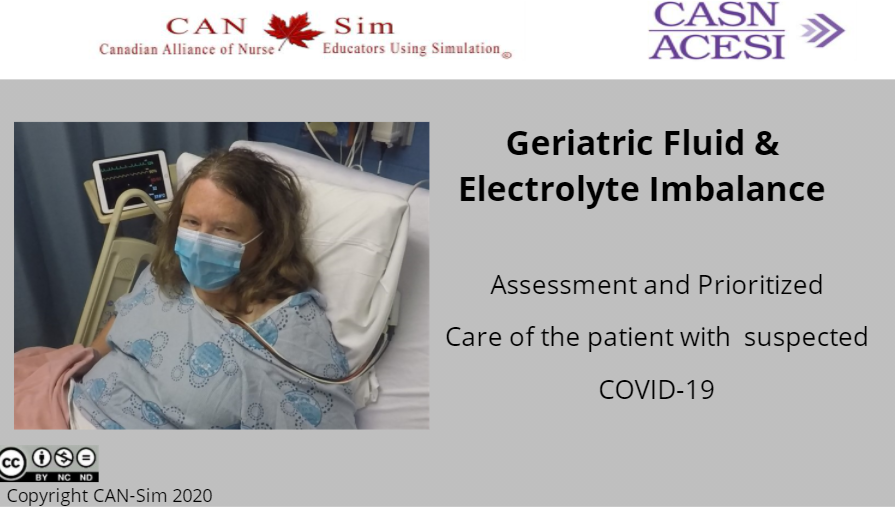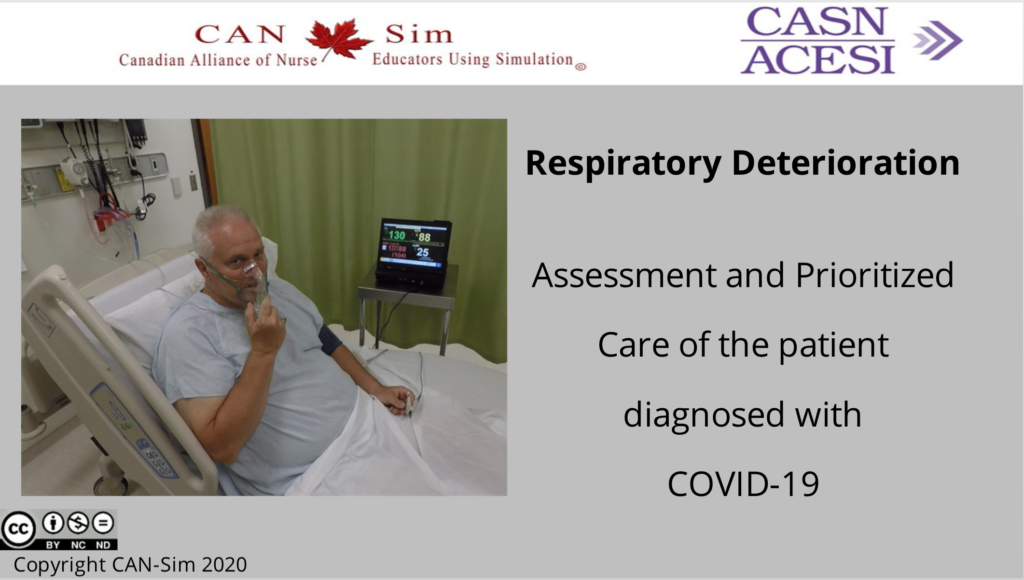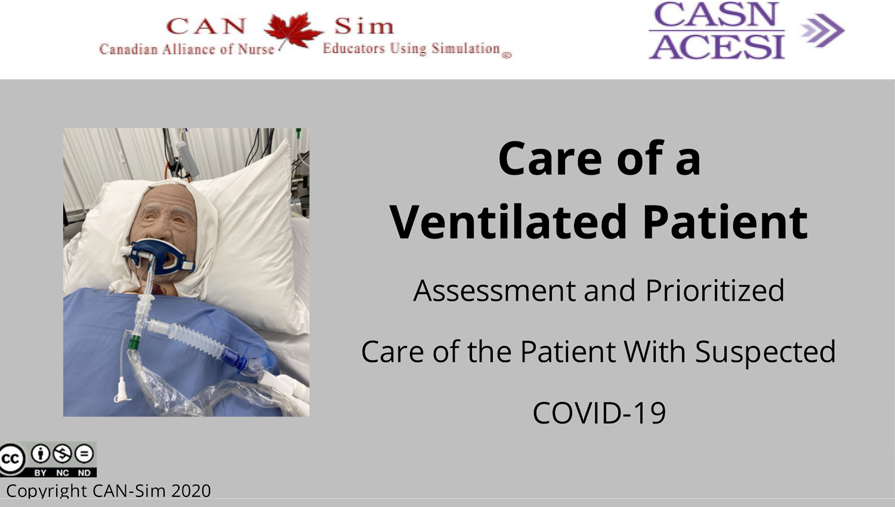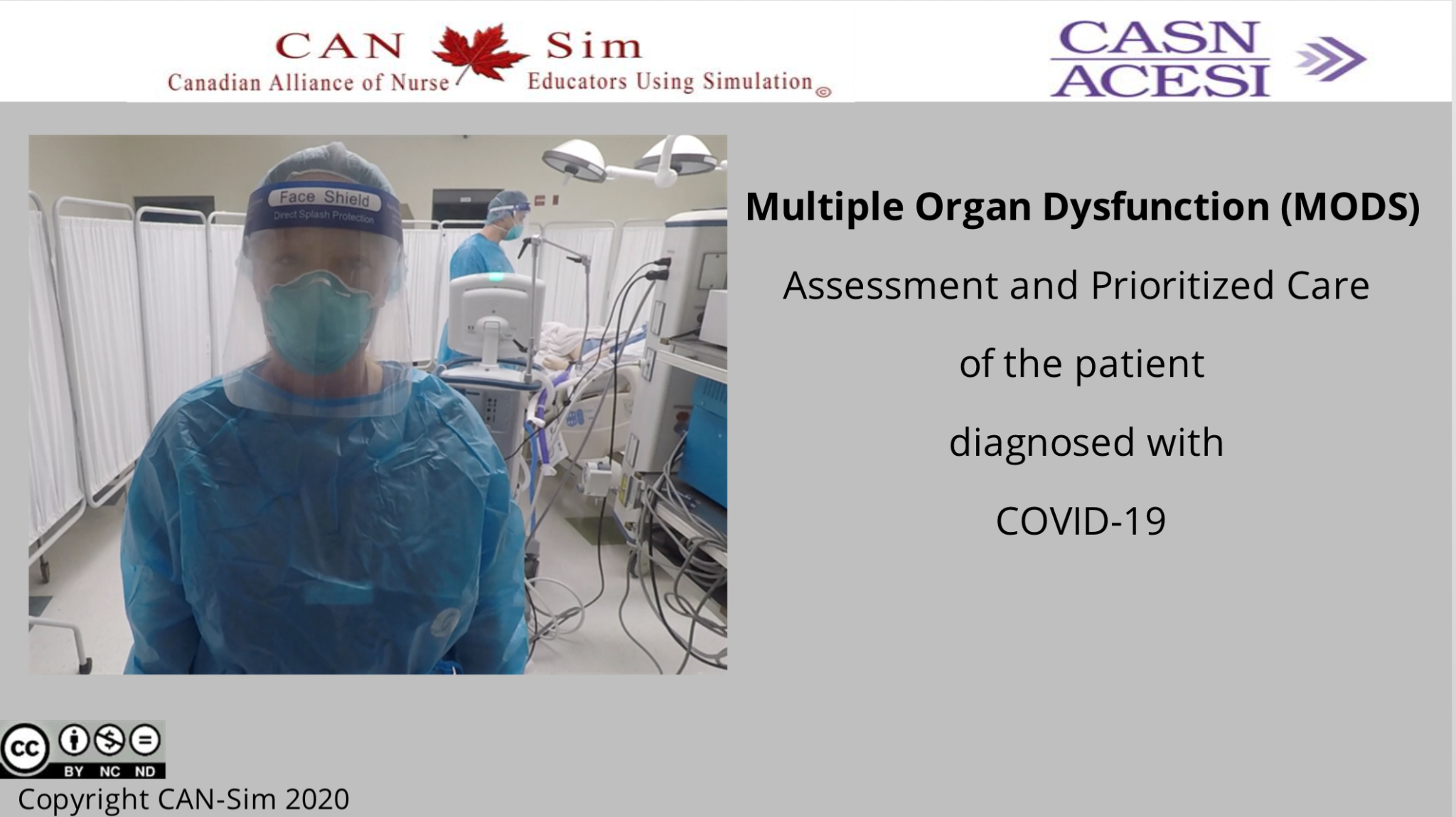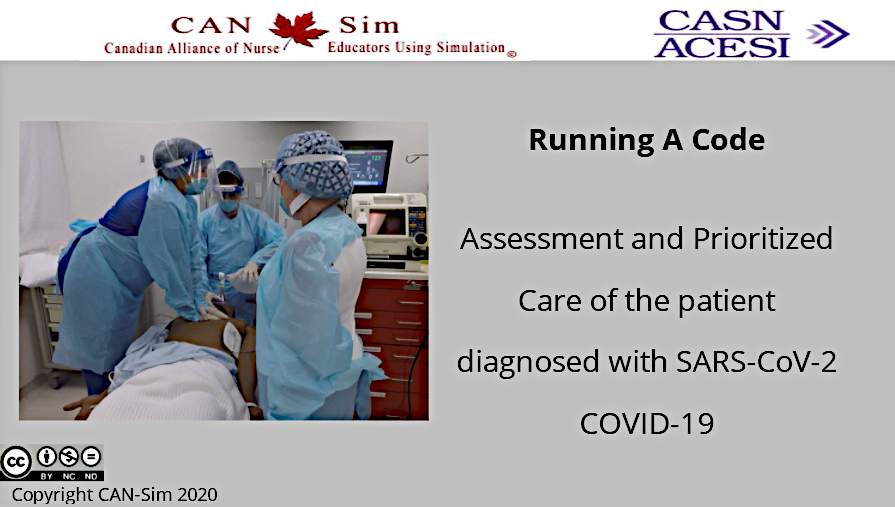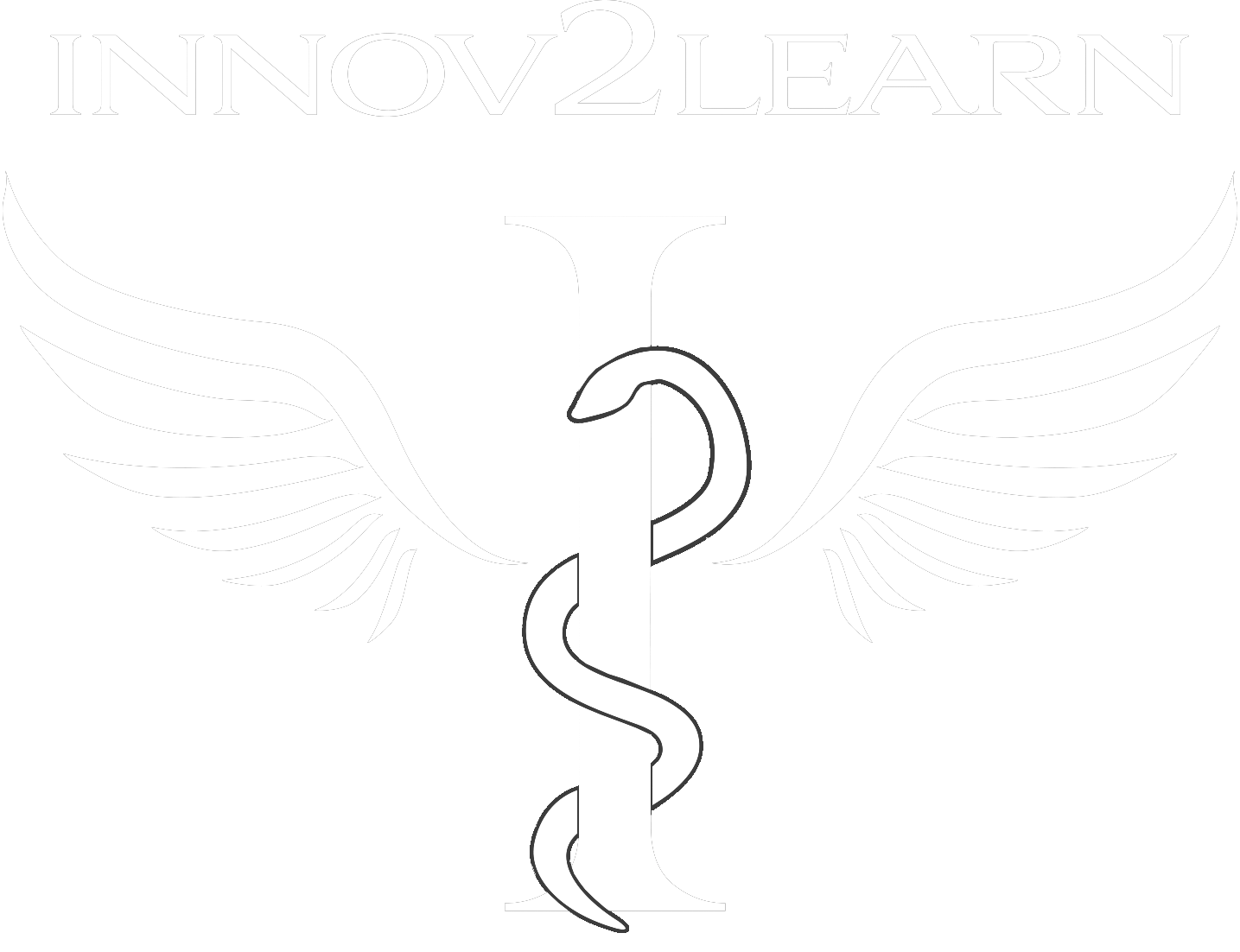Cliquez ici pour avoir accès au contenu en français
The Canadian Association of Schools of Nursing (CASN) in partnership with the Canadian Alliance of Nurse Educators using Simulation (CAN-Sim) have collaborated to develop and disseminate five virtual simulation modules in both official languages to build capacity among graduating and new registered nurses entering the health care workforce during the COVID-19 pandemic.
Registered nurses (RNs) are frontline responders in the COVID-19 health crisis and critical to the effective delivery of health care services. We believe directed nursing education and training that is easily accessed virtual is an essential service during this health crisis. This will enable new, front-line nurses to better provide care for patients with COVID-19 while ensuring personal safety.

Assessment And Prioritized Care Of The Patient Diagnosed with COVID-19
Geriatric Fluid Volume Deficiency
Minni Frost is an 87-year old adult who is being transferred to the Emergency Department (ED) for assessment. She currently lives in a retirement centre with her spouse. She has experienced nausea and vomiting x 24 hours with associated decreased oral intake.
Minni is increasingly lethargic today and her spouse states she has been slightly confused for the past 12 hours.
Respiratory Deterioration
Robert Caron is a 57-year-old male who was admitted to the medical unit with shortness of breath, mild chest pain that increases with deep breaths, and a mild fever. He had an ECG in the Emergency Department that shows sinus tachycardia.
Lab values: Creatine Kinase (MB) and cardiac troponin were within normal limits. He had a nasopharyngeal swab for COVID-19, results pending. He is currently receiving oxygen, 2L nasal prongs.
Care of a Ventilated Patient
Robert Caron is a 57-year-old male admitted to the medical unit this morning with shortness of breath, mild chest pain which increases with deep breaths, and mild fever. Symptoms increased in severity requiring intubation. His last set of vitals post-intubation were: T 38.2, HR 120, BP 110/60, and SPO2 95% FiO2 50%. The RT will provide the vent settings.
He’s currently sedated with fentanyl and midazolam. He also received rocuronium during induction. He had a nasopharyngeal swab for COVID-19, results pending. He is a full code. Hist past medical history includes HTN, BPH, and type 2 diabetes. His wife is at home and the physical is calling her right now to update her on the patient’s condition and transfer to the ICU.
Multiple Organ Dysfunction
Demetri Ivanivitch is a 23-year-old male (pronouns he/him) migrant worker from Belarus. He was informed by Public Health that he tested positive for COVID-10 after screening by his employer. He was put in self-isolation and followed by Public Health in the community. His only initial symptom was the loss of taste and smell. Over the course of three days, the patient began experiencing increased shortness of breath (SOB). He called 911 and was brought to the ER for assessment. He was intubated and is now being transferred to the Intensive Care Unit (ICU).
Running A Code
A middle-aged (54 yrs) male, George Doulle arrived in the Emergency Department of a rural hospital for shortness of breath, non-productive cough, decreased appetite, and fever. He has a past medical history of smoking (35 packs per year) and hypertension. He is awaiting an assessment from the ER nurse and physician.
Évaluation et soins prioritaires du patient diagnostiqué avec COVID-19
Détérioration respiratoire
Robert Caron est un homme de 57 ans qui a été admis à l’unité de soins médicaux, souffrant d’essoufflement, de douleurs légères à la poitrine qui s’accentuent lors des respirations profondes, ainsi que d’une fièvre légère. Ses symptômes se sont aggravés au cours des 24 dernières heures. L’ECG fait au service d’urgence a montré une tachycardie sinusale. Les taux de CK et de troponines étaient dans les paramètres normaux. Il a subi un écouvillonnage nasopharyngé pour la détection de la COVID-19, et il est en attente de résultats. Il reçoit actuellement de l’oxygène à raison de 2L, par canule nasale.


Become a CAN-Sim
Contributing Member
Become a CAN-Sim
Contributing Member
Receive a free annual Contributing Membership by sharing a developed simulation scenario or virtual game. In exchange, you will have access to:
- CAN-Sim scenario design templates
- Can-Sim evaluation tools
- A comprehensive repository of bilingual peer-reviewed scenarios
- A variety of serious virtual games used for presimulation preparation or full simulations
- Opportunities to collaborate in various simulation research projects
- Mentoring from simulation experts across Canada
As a Contributing Member you will ensure that the CAN-Sim scenario repository will continue to grow and you’ll be supporting the free exchange of simulation resources.

